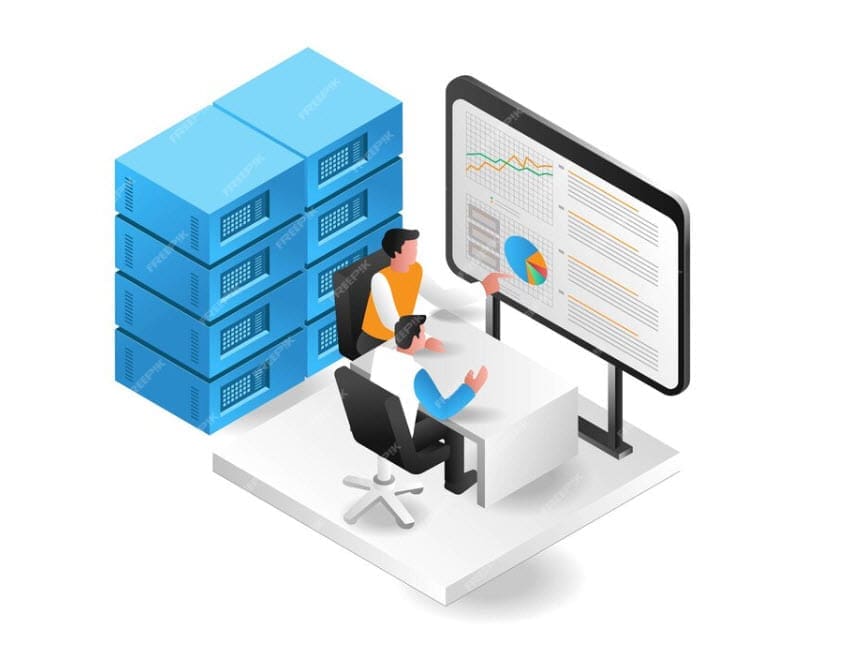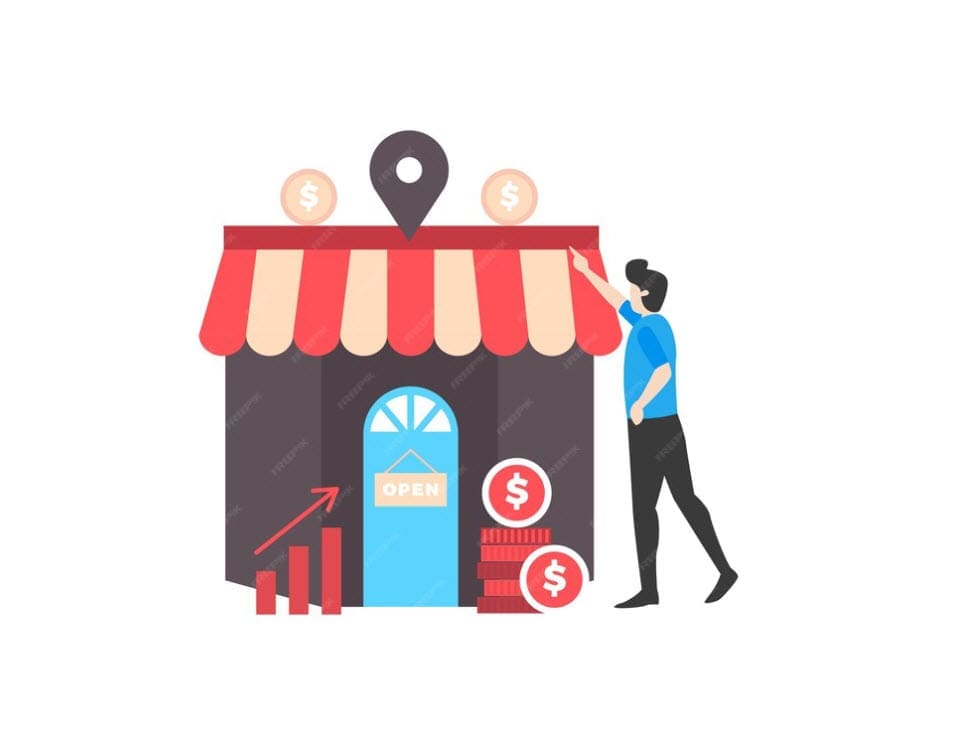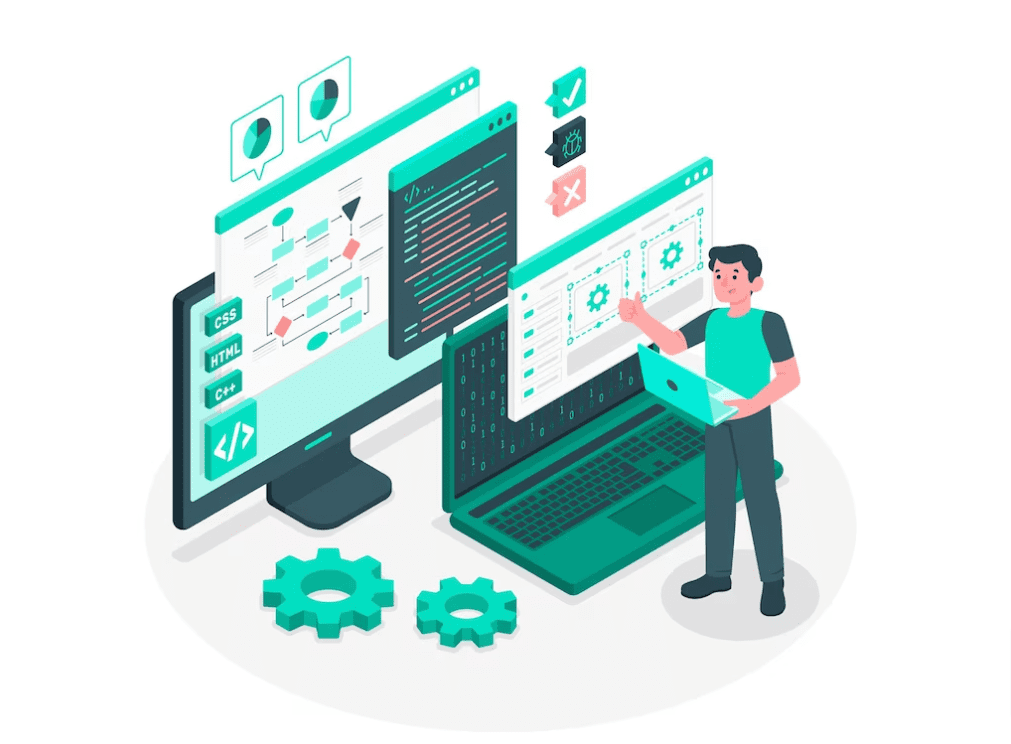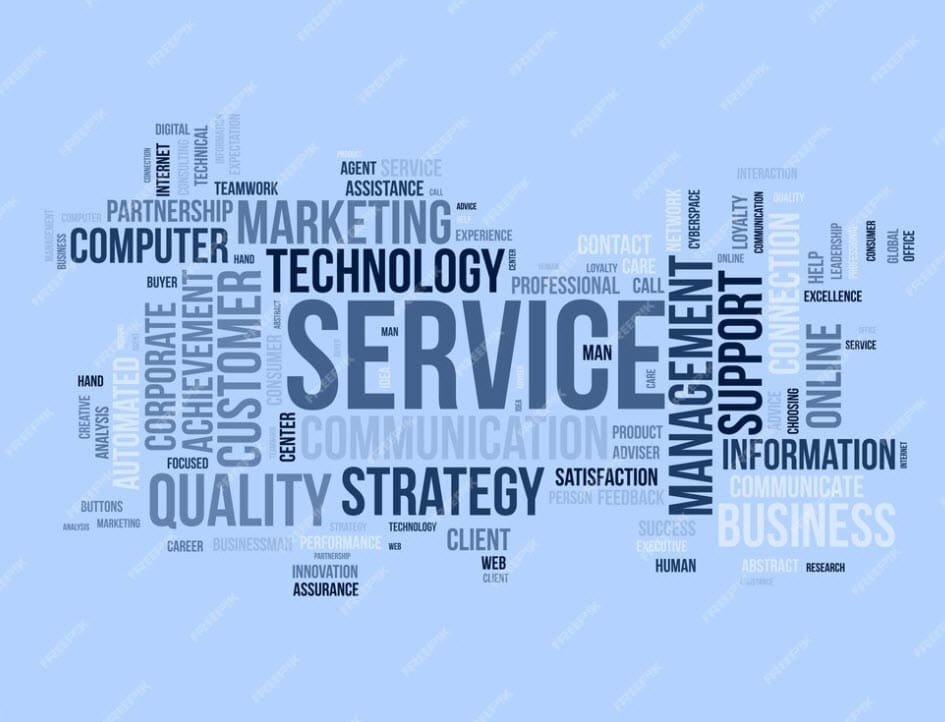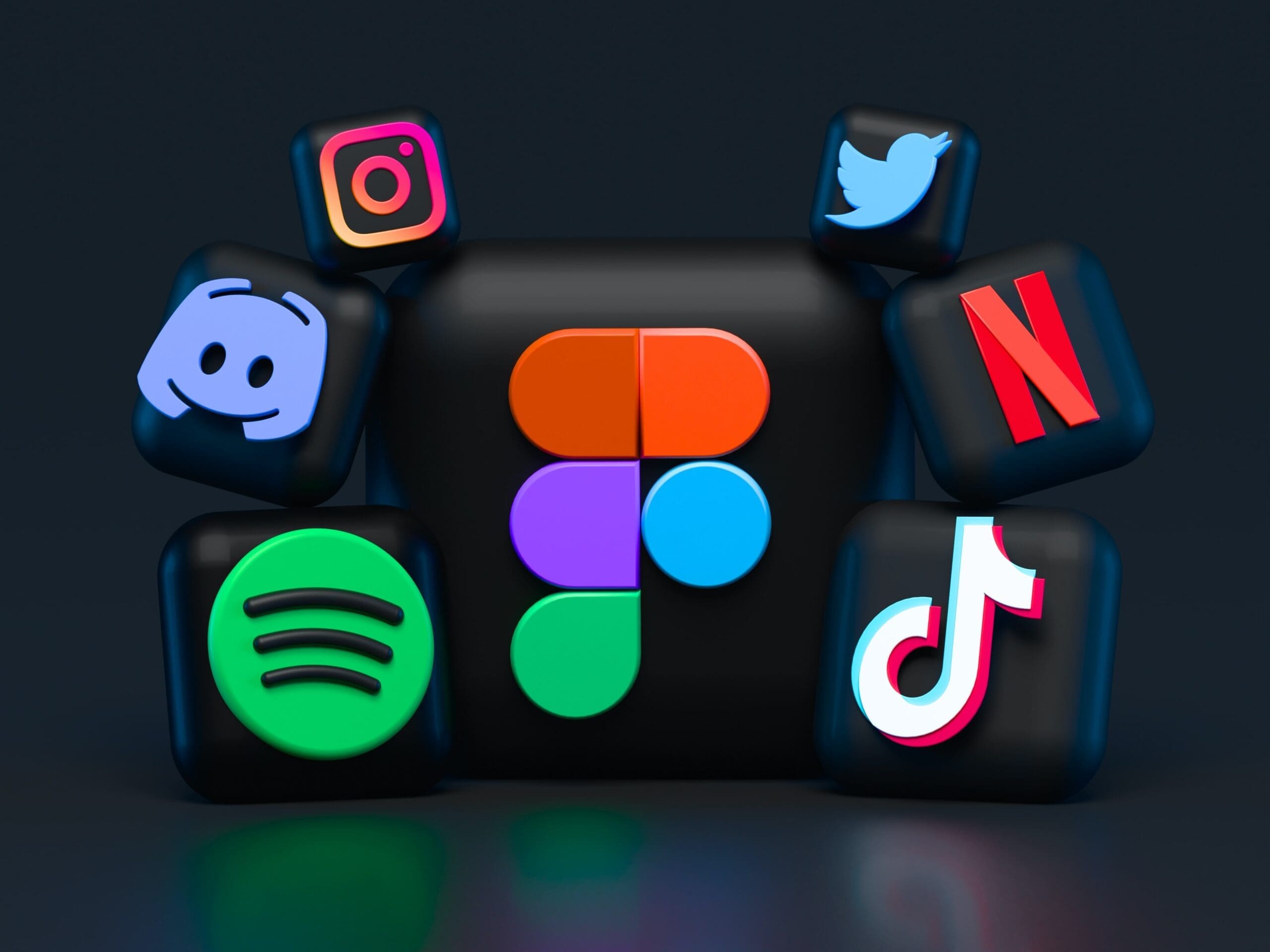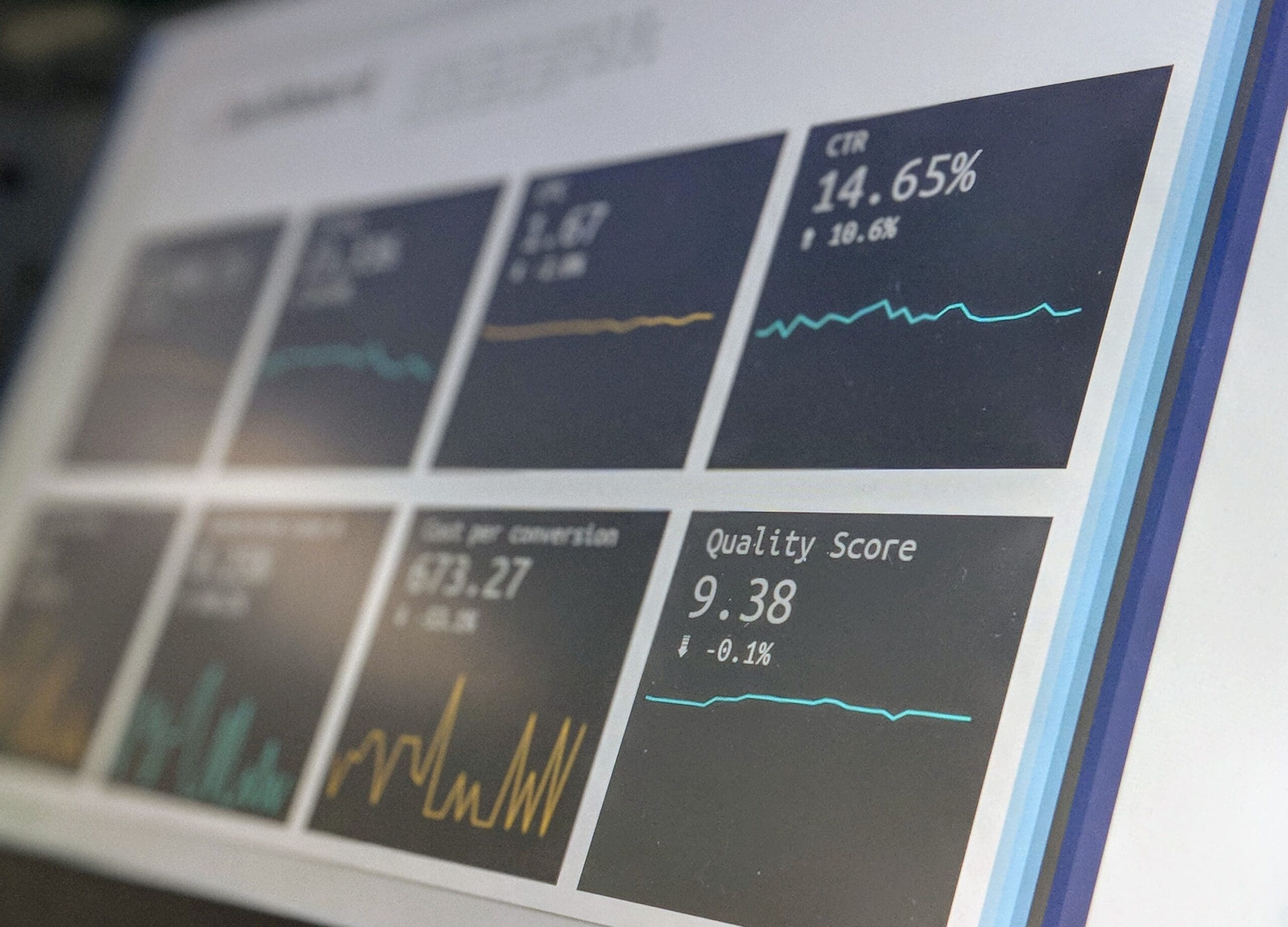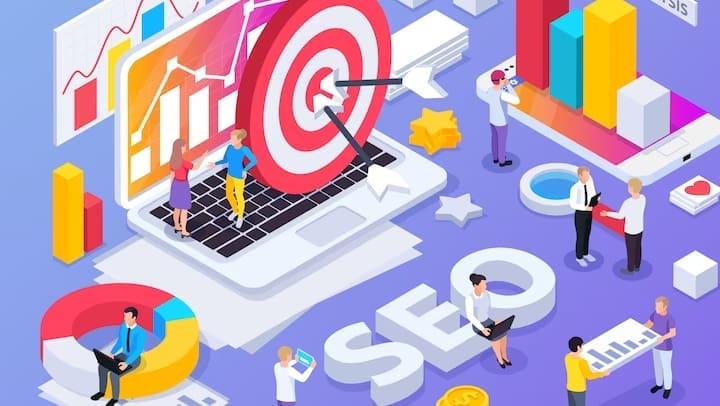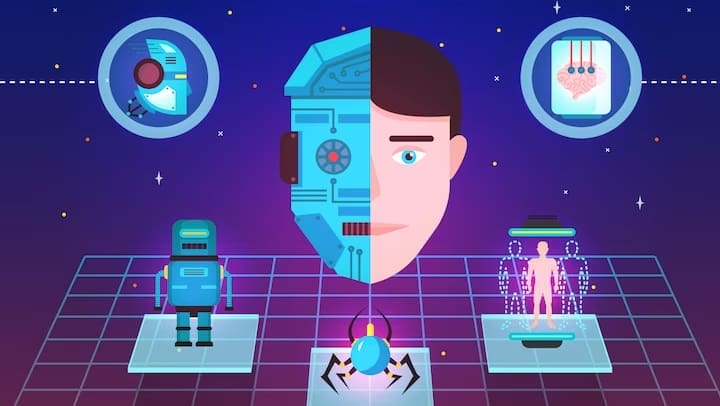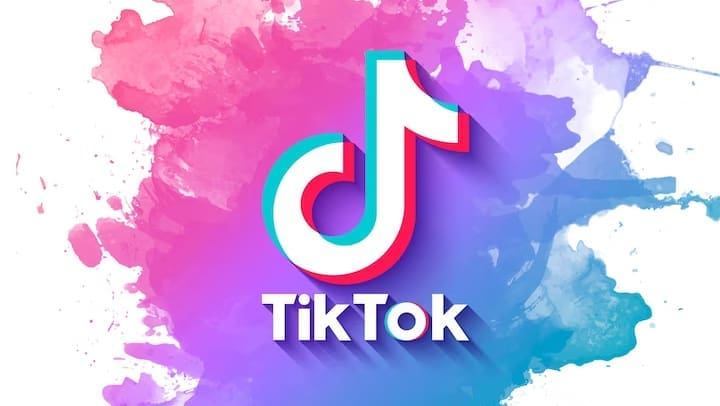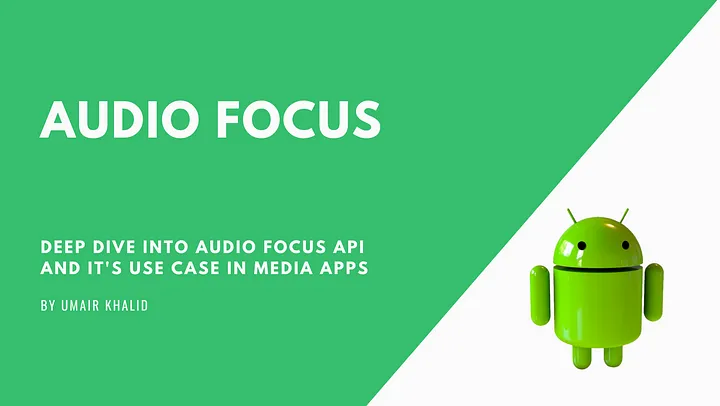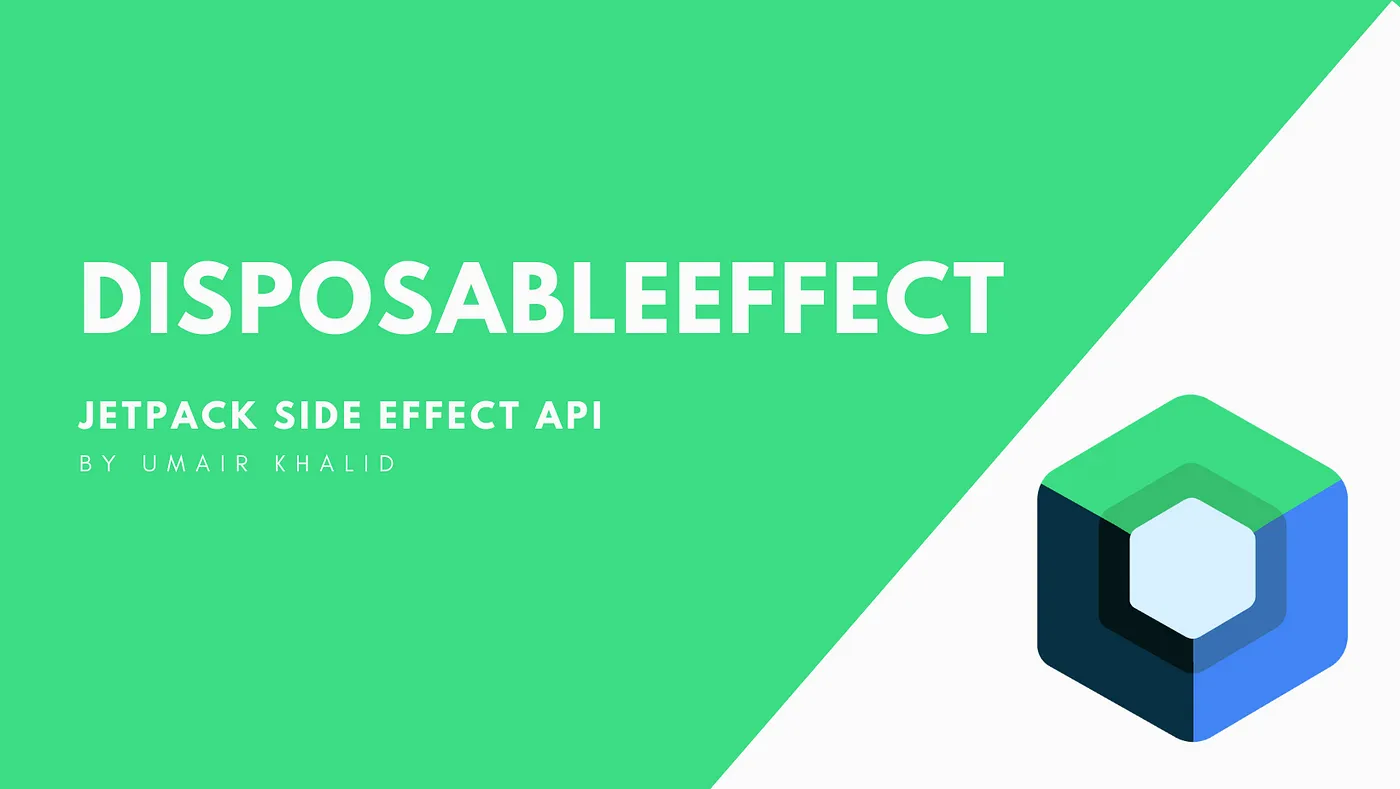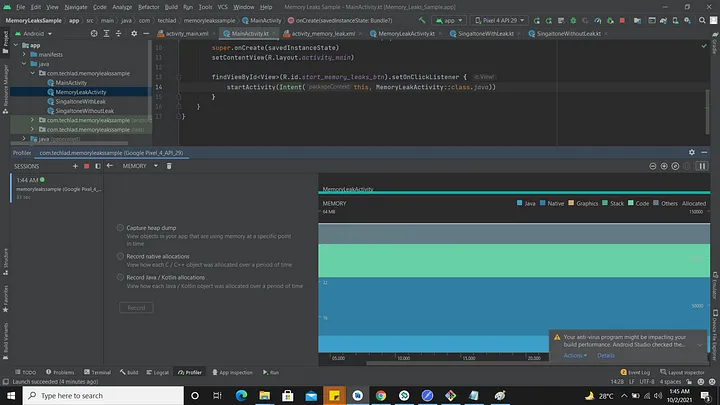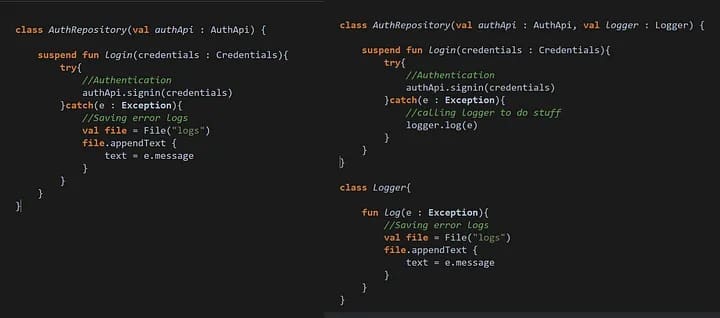Business Models in Custom Software Development Subscription vs. One-Time Purchase

Selecting an appropriate business model might be key in the dynamic field of Custom Software Development Company in USA. The One-Time Purchase Model and the Subscription Model are two well-known models that present opposing strategies, each with unique benefits and things to keep in mind. Users of the subscription model pay recurrent fees, typically monthly or yearly, in order to access the program. Users of this model may expect regular updates, support, and occasionally more features. It’s similar to having a gym membership in that you pay to use the facilities and receive ongoing advantages.
On the other hand, customers who choose the one-time purchase model pay a single amount to acquire the software for all time. This business strategy is similar to purchasing a product you pay once and get it free of further fees. It provides access and ownership right away without requiring further fees. Evaluating long-term objectives, revenue predictability, and user engagement tactics is necessary when selecting amongst these models. Subscription models can deliver a steady stream of income, cultivate enduring user relationships, and give flexibility for continuous enhancements. Conversely, one-time purchases guarantee cash right once, but they can require ongoing efforts to draw in new clients in order to generate an ongoing flow of income.
Subscription Model
Under the subscription model, users effectively rent the program, enabling an ongoing and dynamic experience. Since payments are reoccurring, software developers have a reliable source of income that allows them to continuously enhance the product through the addition of new features, bug fixes, and upgrades. The constant improvement and support establish a mutually beneficial partnership in which developers provide a steady stream of revenue and users continue to obtain value.
The Subscription Model encourages a customer-focused strategy. By providing ongoing support and updates, developers are able to quickly respond to user comments and adapt the program to changing requirements. Increased client pleasure and loyalty are frequently the results of this proactive interaction.
Recurring Revenue
The software-as-a-service (SaaS) model where customers anticipate a smooth and dynamic experience instead of a one-time purchase with little support, is well suited to the subscription-based approach. Businesses can also benefit from the Subscription Model’s more consistent revenue stream, which makes it easier to plan their finances and allocate funds for long-term development and innovation.
Recurring revenue is predictable, which gives software developers the ability to plan ahead and make wise expenditures. With a steady revenue stream, they can devote resources to continuous innovation, customer support, and improvements. For long-term planning, this financial stability is essential since it allows developers to set realistic yet ambitious goals for the growth and improvement of their products.
Recurring income models frequently help to strengthen the bond between consumers and developers. The continued financial partnership encourages a feeling of dedication to consistently provide value. As a result, developers may take a more attentive stance to user needs, actively seeking out input and making necessary adjustments to guarantee ongoing client happiness.
Data Driven
In custom software development Company in USA, data-driven decision-making overcomes instincts or calculated guesses. It involves a methodical process for gathering, evaluating, and interpreting information gleaned from user interactions, comments, and usage trends. Through the efficient utilization of this data, developers can obtain important insights into the ways in which users interact with their program.
These realizations are crucial in determining how software development will proceed. They make it possible for developers to pinpoint problem areas, rank features according to customer demand, and optimize the user interface. Developers can determine which features are most used or which portions of the product require improvement, for example, by examining user behavior. This information facilitates well-informed decision-making and directs budget allocation toward improvements that users find important.
Customer Lifetime Value (LTV)
It is important to understand Customer Lifetime Value (LTV) to maintain a profitable subscription-based software business. LTV includes the entire value of a client over the course of their engagement with the program, not just the money made from a single transaction. This involves placing long-term relationships ahead of short-term profits for subscription-based enterprises.
The objective of a subscription model is long-term customer retention as opposed to just customer acquisition. Software developers can improve their LTV by retaining customers by continuously providing value. Loyalty is fostered by this ongoing interaction and value offer, which motivates users to renew their subscriptions, move up to new levels, and recommend the program to their networks.
Market Penetration
The goal of market penetration is to increase the number of users, reach a wider audience, and make a bigger impression on the market. Because subscription models remove barriers for potential consumers, they frequently serve as a catalyst for this expansion. A wider range of users who might be reluctant to commit to a large one-time purchase are drawn to subscription-based software due to its affordable upfront pricing and manageable monthly payments.
Due to its accessibility, the program often attracts a wide range of users, even some who might not have otherwise given it much thought. By providing a subscription option, developers reach a consumer base that values affordability and flexibility. This strategy broadens the user base while simultaneously improving the software’s market recognition and visibility.
Community Building:
In software development, community building is essential, particularly for subscription models. It entails setting up areas where people can communicate, exchange stories, and provide feedback. Developers may improve user engagement, obtain insightful data, and create a feeling of community around their program by cultivating a community. This, in turn, can increase user loyalty and retention.
Downsides of Subscription Model:
Churn Risk
Users who cancel their subscriptions run the danger of their subscriptions being canceled. It may occur for a number of reasons, such as evolving needs, discontent, or budgetary limitations. Delivering value consistently, responding to user concerns, and making adjustments to meet changing user needs are all part of mitigating churn.
Need for Continuous Improvement:
To keep users interested and make recurrent payments reasonable, subscription models need to be updated and improved on a regular basis. It can be difficult for some developers to commit the time and resources necessary to this never-ending quest for better.
Pricing Complexity:
The multi-tiered pricing structures of the subscription model can be complex. Value offerings must be carefully balanced across several subscription tiers to ensure fairness and profitability, which occasionally confuses users.
One-Time/Pay-Per-Use Model:
Unlike subscriptions, this model provides instant revenue but does not have the steady stream of income that comes with a subscription. Access is paid for only once by users, which may limit the possibility of long-term revenue and discourage continued interaction. It may work for people who would rather own something without having to make regular payments, though, as it is easier to use.
The target market, the type of software, and the developer’s business objectives are some of the variables that influence the decision between the two models, each of which has advantages and disadvantages. Every model has different factors to take into account, which emphasizes how crucial it is to match the selected model with the desired user experience and income plan.
Lower Customer Acquisition Cost:
When compared to subscription arrangements, the pay-per-use model frequently offers cheaper customer acquisition expenses. Users may be more likely to try the custom software development company in USA if there is no obligation to make regular payments, which lowers the initial barrier to entry. But it can also mean a more transactional relationship with consumers, which could result in a decrease in the number of loyal customers.
Affordability and High Flexibility:
Pay-per-use models let customers pay only for the services they really use, providing high flexibility and affordability. For irregular users or individuals with erratic usage patterns, this may be helpful. It guarantees payment equity by matching expenses to real consumption, which may draw in a certain user base looking for economy.
Downsides of Pay-Per-Use Model:
Expense Uncertainty One drawback of pay-per-use models for users may be the unpredictability of charges, particularly for individuals with regular consumption patterns. It could cause budgeting to become unpredictable, which would make it difficult for certain users to make precise spending estimates.
- Reduced Predictability of Revenue: Compared to subscriptions, the pay-per-use model may produce fewer predictable revenue streams for developers. Financial planning and investments in ongoing improvements may be more difficult as a result of this volatility.
- Possible User Disengagement: They are afraid of being charged, users may be reluctant to interact. This may result in a decreased effort to fully explore the capabilities of the Custom software or reluctance to utilize features that may be advantageous to them, which will ultimately affect the value they obtain from the product.
Share this article
Written by : admin
Latest Articles
February 1, 2024
December 28, 2023
December 26, 2023
December 18, 2023
December 15, 2023
September 26, 2023
September 21, 2023
September 19, 2023
September 19, 2023
September 12, 2023
September 5, 2023
August 29, 2023
March 31, 2023
March 20, 2023
March 13, 2023
March 13, 2023
March 13, 2023
March 13, 2023
March 13, 2023

